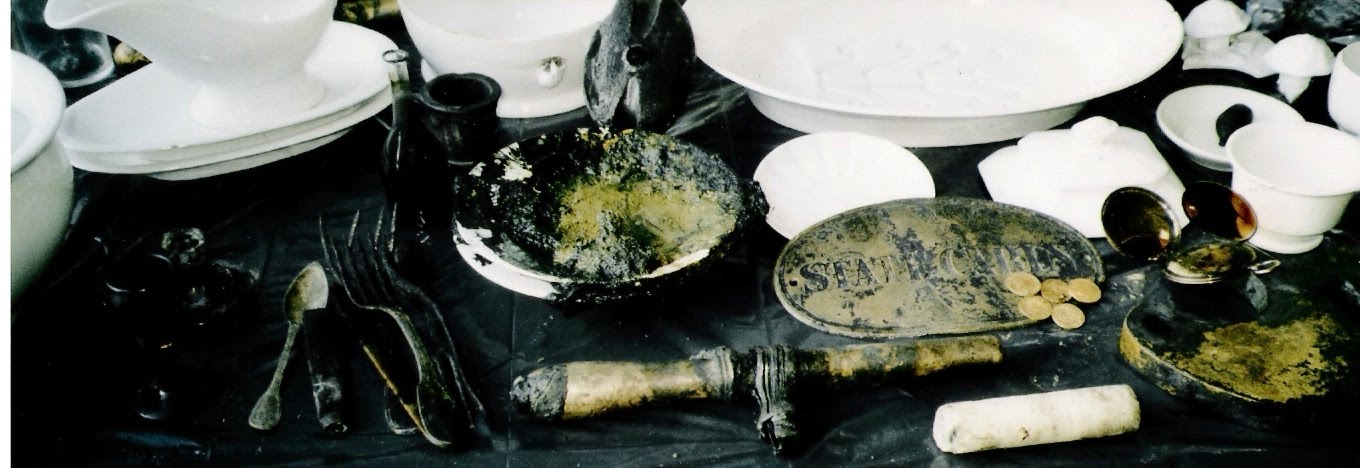Phuong Le -
For over 75 years, Blau Oyster Co. has relied on Washington state's cool clean waters to grow the plump oysters that are as prized in the Northwest as salmon and orcas. But too much pollution from animal and human waste has been washing into Samish Bay in north Puget Sound, prohibiting shellfish harvests 38 days already this year.
"If the water quality isn't good, we can't be open," said Scott Blau, whose family has been farming in these tidelands 80 miles north of Seattle since 1935. Most of the harvest from the small business is shucked and ends up in stews or can be ordered pan-fried or raw at local restaurants; some oysters are sold in the shell as far away as Hong Kong and Singapore.
Washington state is the nation's leading producer of farmed oysters, clams and other bivalves with about $100 million in annual sales. The recent downgrade of 4,000 acres of shellfish beds in Samish Bay because of fecal contamination means more days when shellfish beds can't be harvested, hurting the local economy and jeopardizing the much larger, decades-long effort to clean up pollution in Puget Sound, the nation's second largest estuary. It also was set back in the state's goal to increase 10,800 acres of harvestable shellfish beds by 2020.
Gov. Chris Gregoire earlier this year said the state has failed in Samish Bay, and directed agencies to fix the problem by next September. "We're not going to flush, literally flush 4,000 acres down the drain of prime shellfish growing area in the state," she told managers at an April meeting.
In response, state and local officials last month released a plan for more inspections and enforcement on all fronts, including septic tanks, livestock operations, small hobby farms, dairies and others, as well as more education and help for landowners. The U.S. Environmental Protection Agency this summer plans over flights to determine likely pollution sources, such as muddy fields where rain is more likely to wash mud manure into waters.
The problems of Samish Bay highlight the greater challenges facing Puget Sound, Chesapeake Bay and other distressed watersheds, where cleanup is complicated by pollution from many varied and diffused sources, called nonpoint pollution, including farmland or stormwater runoff, agricultural activities, urban development, failing septic tanks, toxics and even pet waste.
Posted via http://batavia08.posterous.com batavia08's posterous
.jpg)
No comments:
Post a Comment